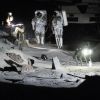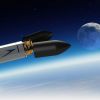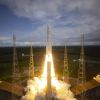Germany and Japan embark on a new mission
In Osaka, the two countries show how joint research drives innovation - together with the astronaut Matthias Maurer.
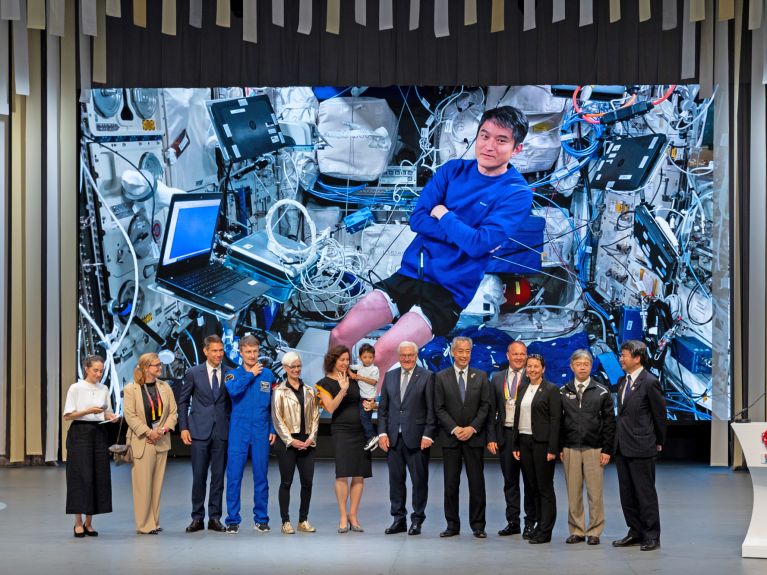
Tokyo, Osaka, Berlin – cooperation is being increasingly stepped up between these three cities. When Germany’s Federal President Frank-Walter Steinmeier visited Japan in June 2025, the message was clear: Germany and Japan want to intensify their partnership - in political, economic and above all scientific terms. Steinmeier was accompanied by Research Minister Dorothee Bär, who was preparing new agreements with the Japanese government onresearch, technology and space travel.
“There is still much potential for deeper cooperation,” Steinmeier said in Tokyo. He added that partners such as Japan, which share the same values as Germany, were more important than ever - especially at a time when the international order was becoming unstable. What sounded like just grand diplomatic clichés was translated into concrete action in Osaka – at a “Space Day” that included events at the German Expo 2025 pavilion. Between a model of the Franco-German moon rover Idefix and a video message from Japanese ISS Commander Takuya Onishi, Dorothee Bär talked about trust, innovation and the courage to embark on new joint missions.
Space travel builds bridges
As a matter of fact, space travel is one of the areas in which Germany and Japan have long been cooperating successfully. The Japan Aerospace Exploration Agency (JAXA) and the German Aerospace Center (DLR) have been pursuing joint projects for decades – from satellite missions and space robotics to lunar research. The Idefix rover, which is set to be launched on Japan’s Martian moons mission in 2026, is just the latest in a whole series of examples.
A fresh approach is also evident when it comes to the promotion of young talent. For example, the longstanding partnership between RWTH Aachen University and Tokyo Tech - now part of the new Institute of Science Tokyo - is being expanded. PhD programmes supervised by both institutions are planned, as are interdisciplinary research networks. Though the number of exchange students may still be small, the message being conveyed is significant: scientific ties are being made more strategic, long-term and interdisciplinary.
New dynamism through political support
Dorothee Bär is setting a new agenda as her ministry is restructured: a more international approach is to be taken to research, technology and space. She talked in Japan about challenges facing both countries - from demographic shifts and a skilled labour shortage to digitisation – and about how cooperation can accelerate innovation.
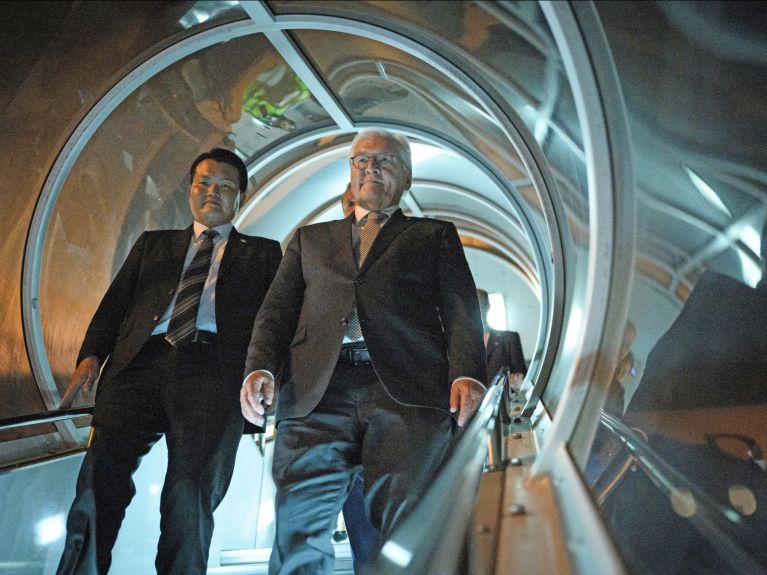
A new bilateral aerospace agreement between Germany and Japan is to promote precisely this: joint research on space robotics, satellite technologies and Earth observation, as well as collaboration in future-oriented fields such as artificial intelligence and quantum and fusion research. Japan is regarded as a highly innovative partner country in this context - as well as an important counterpart in a world in which science is increasingly thought of in security policy terms, too.
Innovation and values
Federal President Steinmeier talked in Osaka about the “power of democracy” and about the fact that open societies like Germany and Japan draw their strength from self-criticism and cooperation. This is particularly evident in the world of science: both countries believe that exchange and mutual learning are the way forward - in everything from basic research to start-ups.
At the Japanese aerospace company iSpace, for example, Dorothee Bär learnt about the moon rover “Tenacious”, whose systems were tested at the DLR’s LUNA facility in Cologne. The private technology sector is also showing growing interest in cooperation: be it AI research, energy innovation or sustainable materials - increasingly, German and Japanese firms are teaming up at the interface between science and practical application.
A glimpse of the future
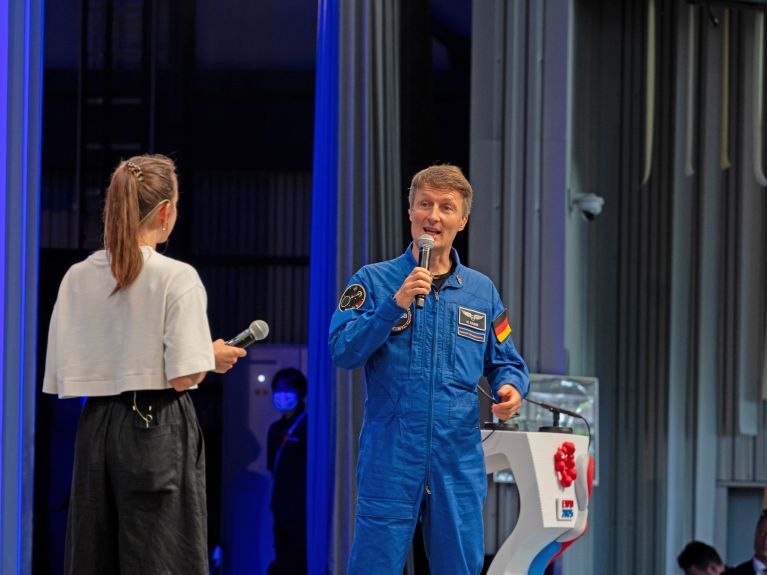
German astronaut Matthias Maurer was also present at the Space Day in Osaka. His words summarise the spirit of the visit: No country can resolve the major challenges alone - neither on Earth nor in space. Europe and Japan are “equal partners” that can achieve more together than on their own.
This message may have concluded the visit, but it marks just the beginning of a new phase: the German-Japanese friendship in academia, science and technology, once driven by the technology enthusiasm of the 1970s and 1980s, is being given new momentum - with space travel as its symbol and a clear objective: shaping the future together.
